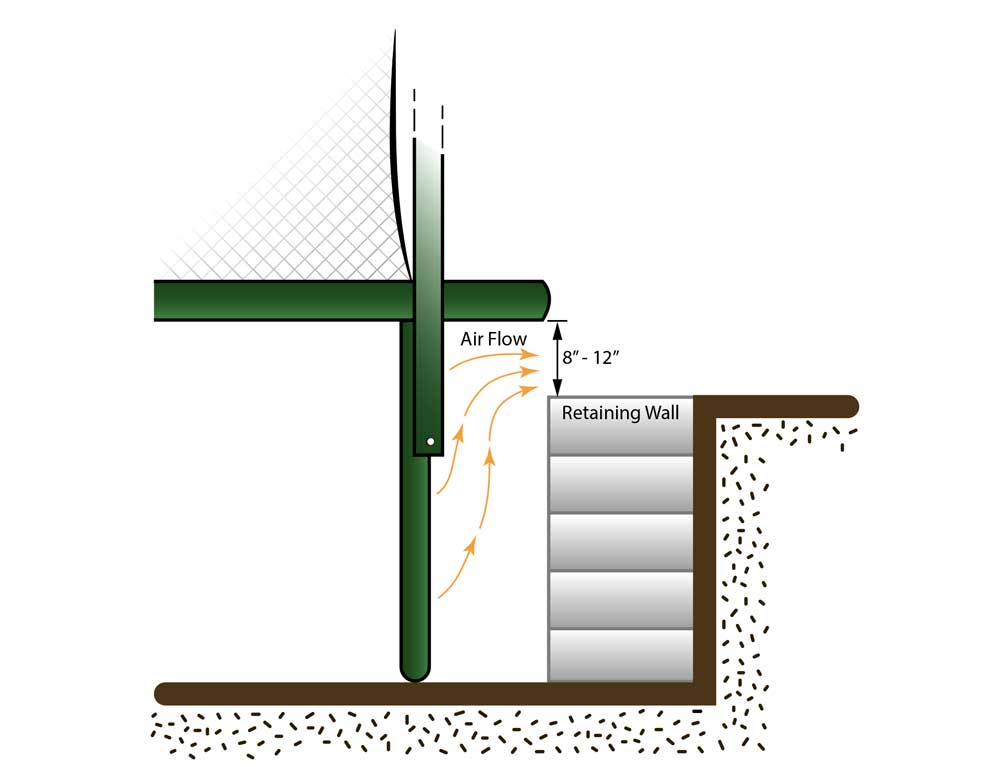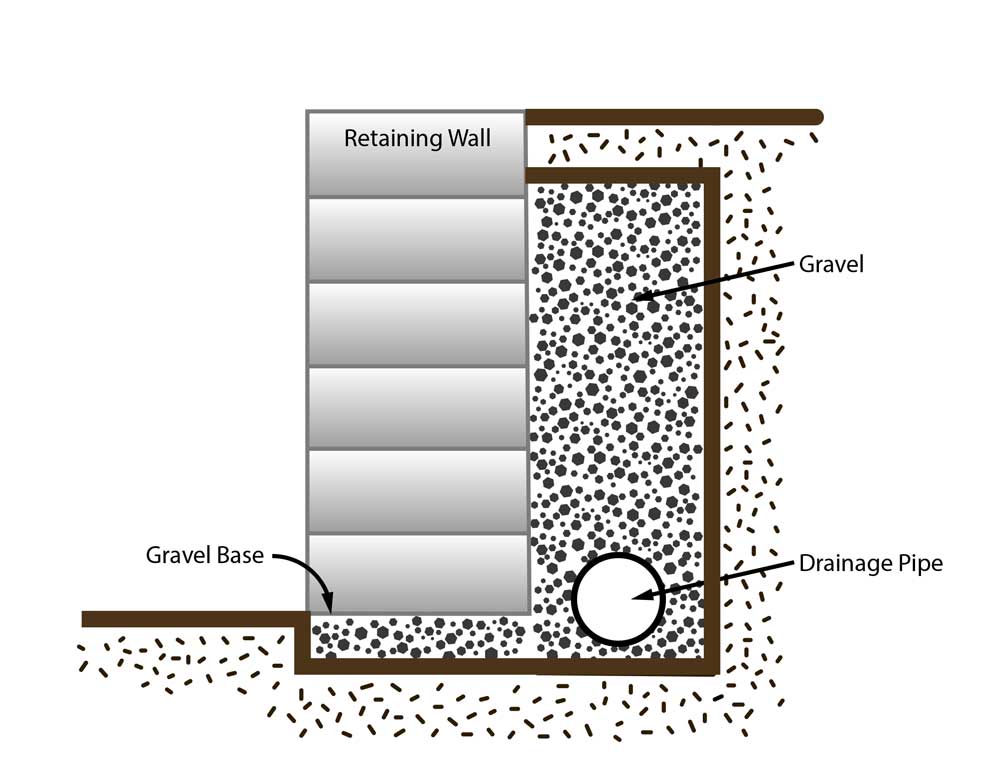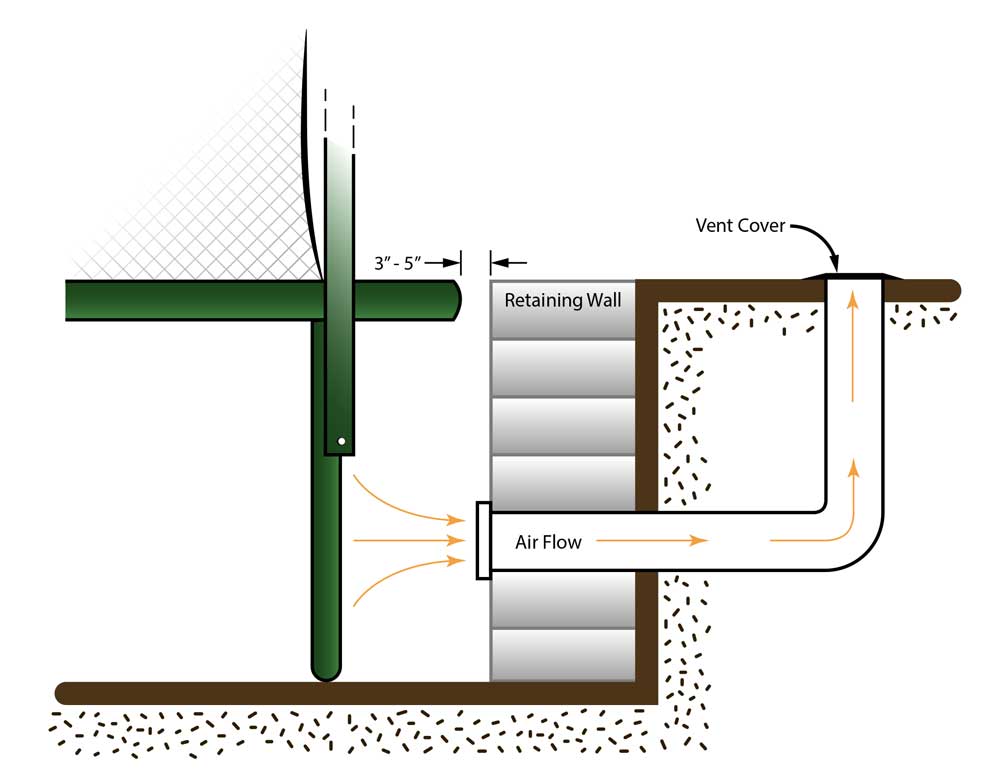
A new trend in backyard design and play-equipment is installing the trampoline below ground. An in-ground trampoline can be aesthetically pleasing and seem a lot safer than the typical installation. In fact, one of the top customer questions asked is “Isn’t getting in-ground trampoline installed safer than having it above ground?” The short answer is ‘No.’ However, that doesn’t mean you have to sacrifice your plans for a pretty yard just yet. Please read this tutorial and decide if an in-ground trampoline will be right for your family and your investment. Check out our most popular trampolines converted to in-ground systems.
Above Ground vs In Ground Trampolines
| Above Ground | In the Ground |
|
|
|
Safety Considerations for In-Ground Trampolines
A common misconception is that if a person is jumping on an in-ground trampoline and fall they are less likely to be as seriously injured as they would on an above-ground trampoline. FALSE! Though the jumper is closer to the ground; if a safety enclosure is not in place, they can still fall from a high distance; sometimes six or more feet in the air and land on hard ground, often landing on the hard surface of a retaining wall. In addition, for proper ventilation and drainage there, often there will be extra space between where the trampoline ends and the retaining wall begins leaving room for small limbs to get caught when falling or even when entering/exiting the trampoline.
Other Key Factors
Consider the maintenance; another element of your family's safety. In-ground trampolines require more maintenance and care; there is a lot you aren't seeing if you choose to sink the trampoline down. Regular frame, spring, and jumping mat checks are necessary to ensure your family is safe every time they step on and off. Once the trampoline is set down in its “resting place” most of the key components will be inaccessible to you.
In-ground trampolines also require more time and money to build. They need to be placed in a space that can allow 3-4 feet of digging without running into rocks or utilities of any kind (gas, electric or plumbing – a call to your local city planning office might be a good idea). In addition, you will need to consider how water from rain, snow or even normal gardening will drain out from underneath the trampoline. Stale and stagnant water in a back yard can lead to insect infestations and/or rusting.
Is a net required for in-ground trampoline installation?
If you are placing your trampoline in-ground there is still the danger of falling. We suggest looking into our top-rated trampoline safety net enclosures as an alternative. Safety nets, if installed correctly, will help prevent a ground impact from a fall and will stop intentional jumping off the trampoline– often leading to injuries. An enclosure ensures that a child enters and exits the trampoline safely. They also carry a high weight rating and are essential for adults just as much as children. Either way, enclosures keep the jumper safe and are a necessity when owning a trampoline.
Tips To Build Your In-Ground Trampoline
Maintaining Your Yard
JumpSport offers a variety of top-rated trampolines and safety enclosures that are well built and would look great in any yard. It's true that an in-ground installation will hide this normally very visible piece of outdoor play equipment. However, please consider what we have discussed so far; dampened bounce, limited access to the frame and key components of the trampoline, extra maintenance costs if not properly installed, and the extra cost of the installation. Consider our AlleyOOP trampolines The Trampoline for Generations which was built to last and is hunter green in appearance.
How Deep Do I Dig?
Before you start, know how big your trampoline is, and remember that the hole needs to be a foot wider than the outer frame for proper air ventilation to help maintain the bounce. This measurement does not include space for your retaining wall, if you are using one.
Here are two ways to position the trampoline for airflow:
- Have the height of the trampoline equal the depth of the pit. The trampoline will be flush with the ground but this may cause a venting issue.
- Ideal: Have a pit that is slightly shallower than the height of the trampoline which will offer proper ventilation room and a better bounce. The downside is this could be considered a tripping hazard. Having the recommended safety enclosure on the trampoline will help make the trampoline more visible.


Creating A Retaining Wall For An In-Ground Trampoline
Double check your measurements before pouring a permanent wall. There should be a strong barrier between the frame and dirt of the pit. A retaining wall built of stone blocks or concrete would go the farthest in helping stop any dirt from collapsing into the trampoline or the pit.

Drainage For An In-Ground Trampoline
Water will cause rust and other problems if your trampoline pit does not have the proper drainage. The best time to account for drainage is when you are designing your retaining wall. Perforated drainage pipes are recommended, and if you can, drain them into a gutter or storm drain. Find a drainage system that will work for your yard; the less standing water the better.
Give Yourself Some Elbow Room
A trampoline can weigh over 100 lbs.; some of our AlleyOOP trampolines weigh over 500 lbs. Now imagine having to lift the trampoline out of the hole because someone dropped a shoe or a toy or even possibly your car keys! If you are creating a full-on concrete retaining wall leave yourself elbow room so that the trampoline can be lifted out should something fall or more importantly, so that the trampoline can be accessed when inspecting for repairs. Also account for extra width for the recommended safety enclosure as some nets and poles install on the outside of the frame.
Venting For An In-Ground Trampoline
Part of what creates a high jump on a trampoline is the air whooshing out from underneath the bed of the trampoline (in other words, the air is displaced) and as it rushes back in it helps push the jumping surface and the jumper up. Without properly venting an in-ground trampoline, that bouncing action is disrupted and cause unnecessary force on both the frame of the trampoline and more importantly, the bodies and joints of those jumping.
Try to address it with one of these solutions:
- Incorporated Piping
Some people have found ways to have larger pipes running to areas away from the trampoline. This would require extra digging, but is effective. Pipes would need occasional flushing out of debris, so a good drainage system is essential. Covering the end of the pipes with mesh will filter some of the debris and save you time.

- A Gap and Fencing
You can leave a gap or moat around the trampoline for airflow, but this is possibly the least ideal option as it would cause a tripping hazard. A way to combat this is to add fencing a few feet back from the trampoline to prevent onlookers from tripping or getting body parts caught between the trampoline and wall (which could be an major concern if you have a light trampoline that moves a lot.)

Read & Plan Ahead for your In-Ground Trampoline Installation
Many installation questions can be answered by reading the instruction manual in full before installation. Check out our current installation videos page to prepare for your new trampoline.
Build the trampoline frame above ground to the manufacturer's specifications. You'll probably need extra hands to safely place it in the prepared pit. Then complete any further directions from the manufacturer and enjoy your new investment!
Please Note: JumpSport does not recommend in-ground installations. If you do decide to move forward with an in-ground installation, we recommend working with a professional landscaper or general contractor.

AlleyOOP In-Ground Trampoline Installations
AlleyOOP Dealer Backyard Dreams serves Denver Colorado and surrounding states with custom in-gound trampoline installations.
www.backyard-dreams.com | [email protected] | 303.868.9916


